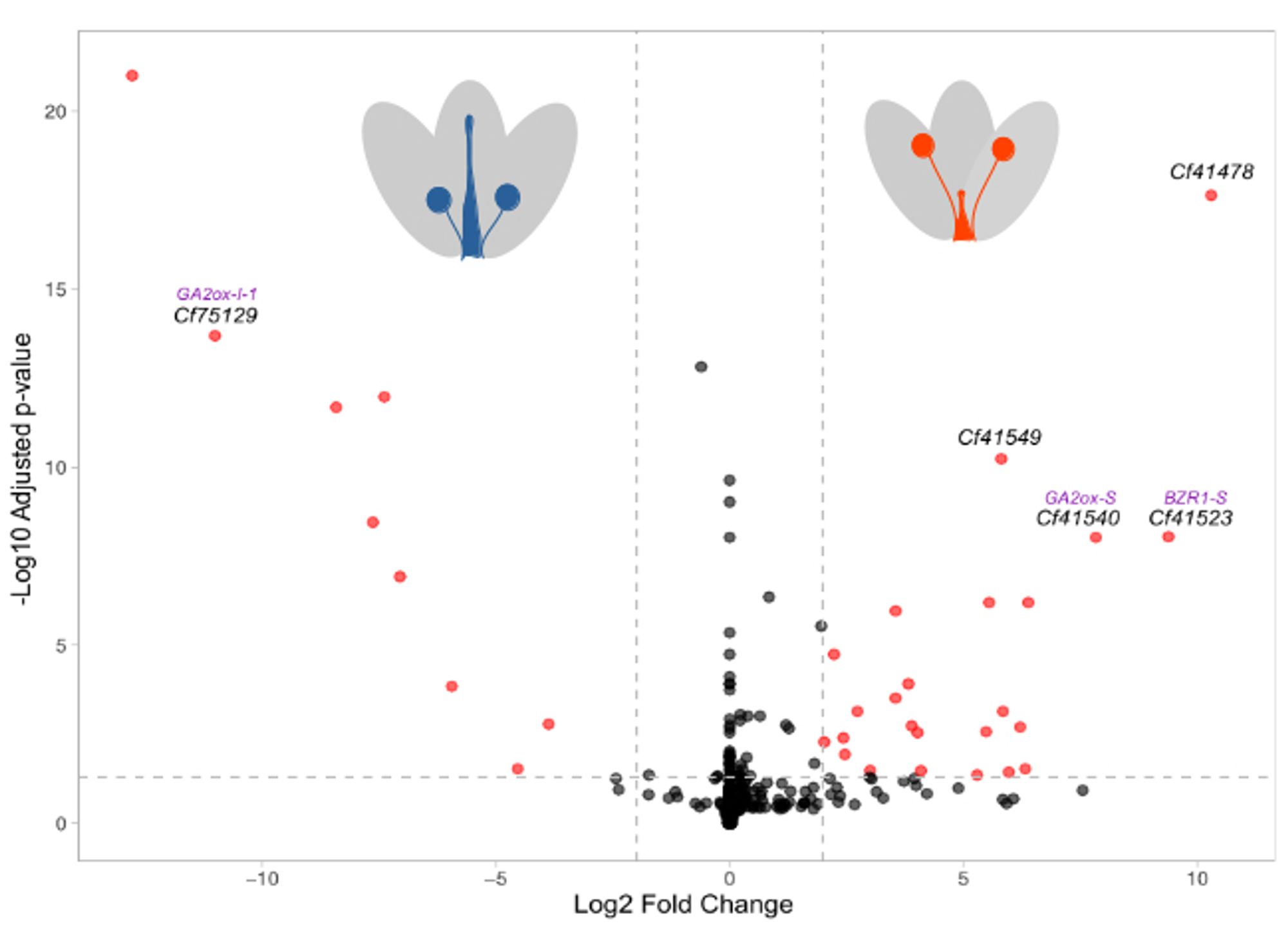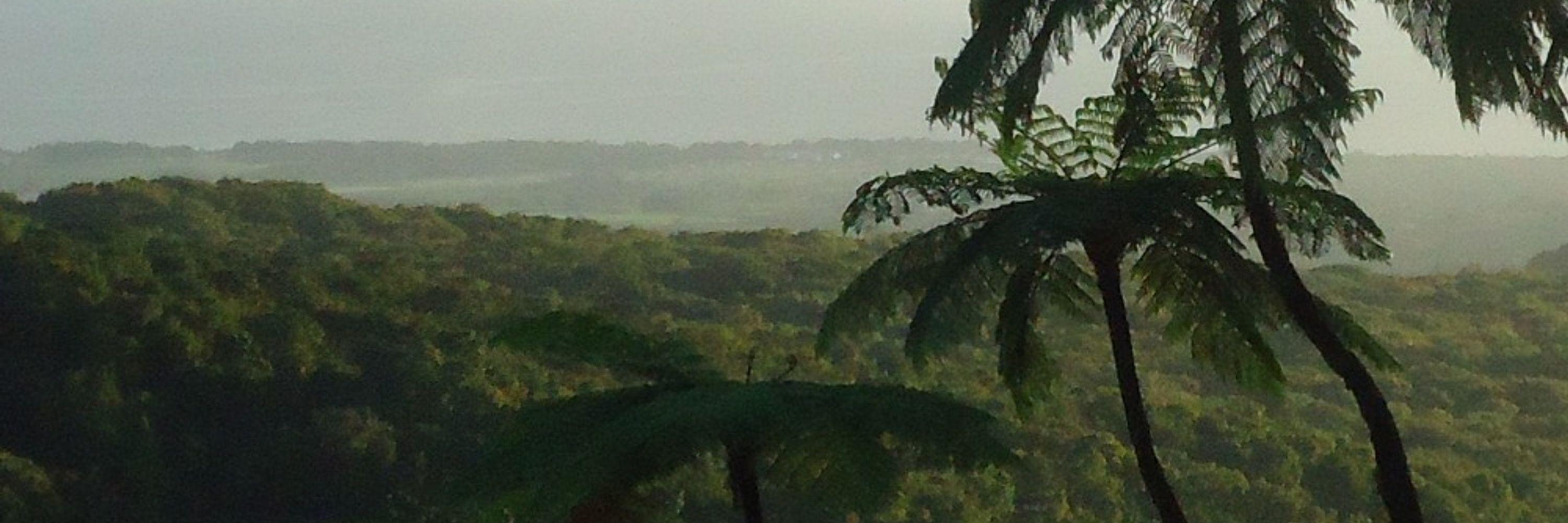
Thank you Jenn 😊
Either way, I hope you're convinced Oleaceae is a really fascinating clade to study the evolution of self-incompatibility systems. Looking forward to seeing what people will discover in the future!
OR distyly evolved multiple times in the family, its evolution being facilitated by the use of this ancestrally duplicated region. After all, there seems to be a high level of convergence in this trait among flowering plants, why not within the family? 🤔
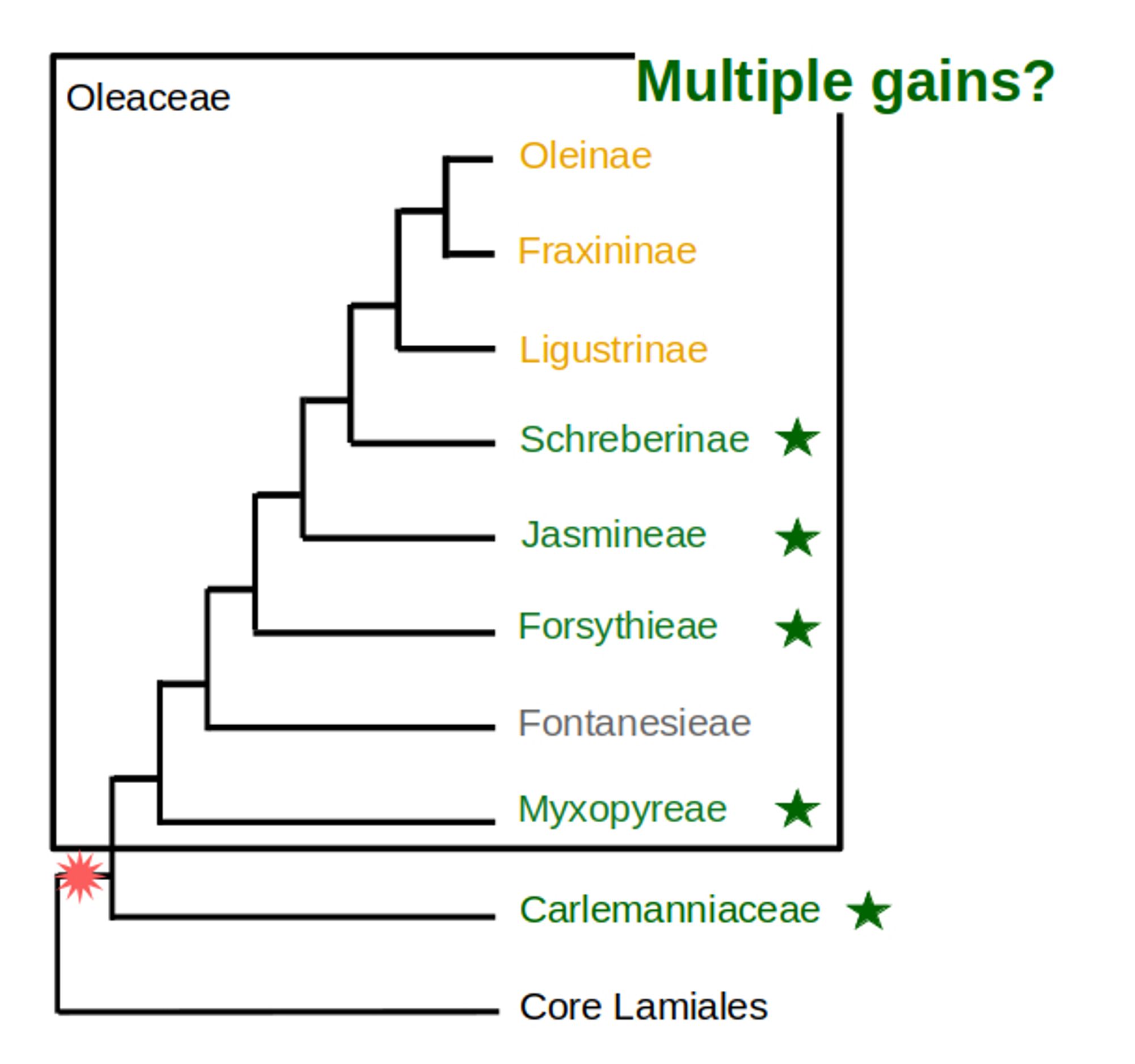

Thank you Tanja! And thank you again for the discussion during my defense, that definitely helped me carry on with this project!
Oups sorry @vincentcastric.bsky.social I missed your arrival on bsky!
Could be that distyly was ancestrally present and that the olive S-locus is a degenerated distyly supergene. EXCITING!
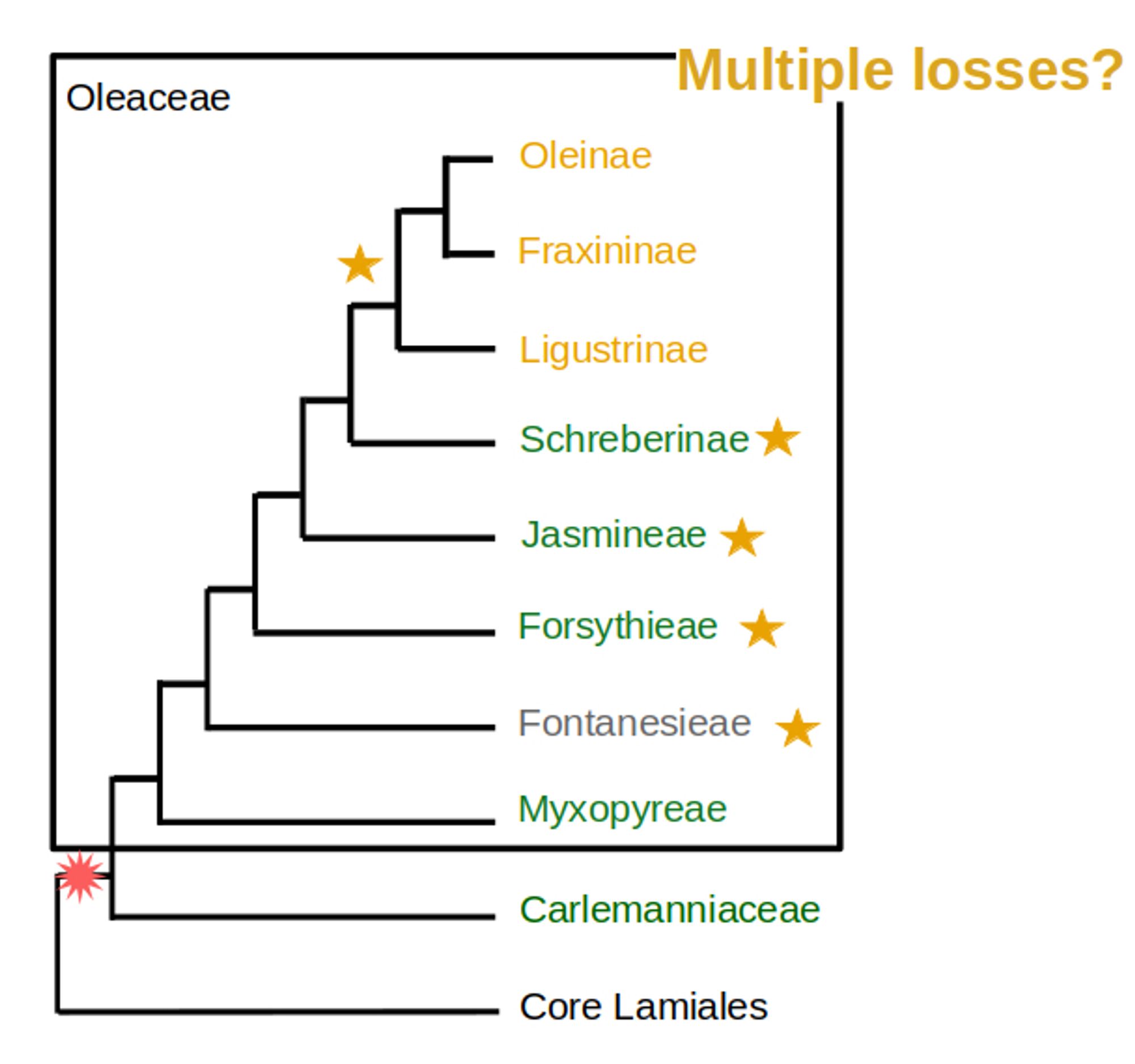
I just want to add a few words about some exciting questions that our results rise about the evolution of self-incompatibility system in this family and elsewhere. We can't conclude about which system evolved first, a long lasting question in the field.
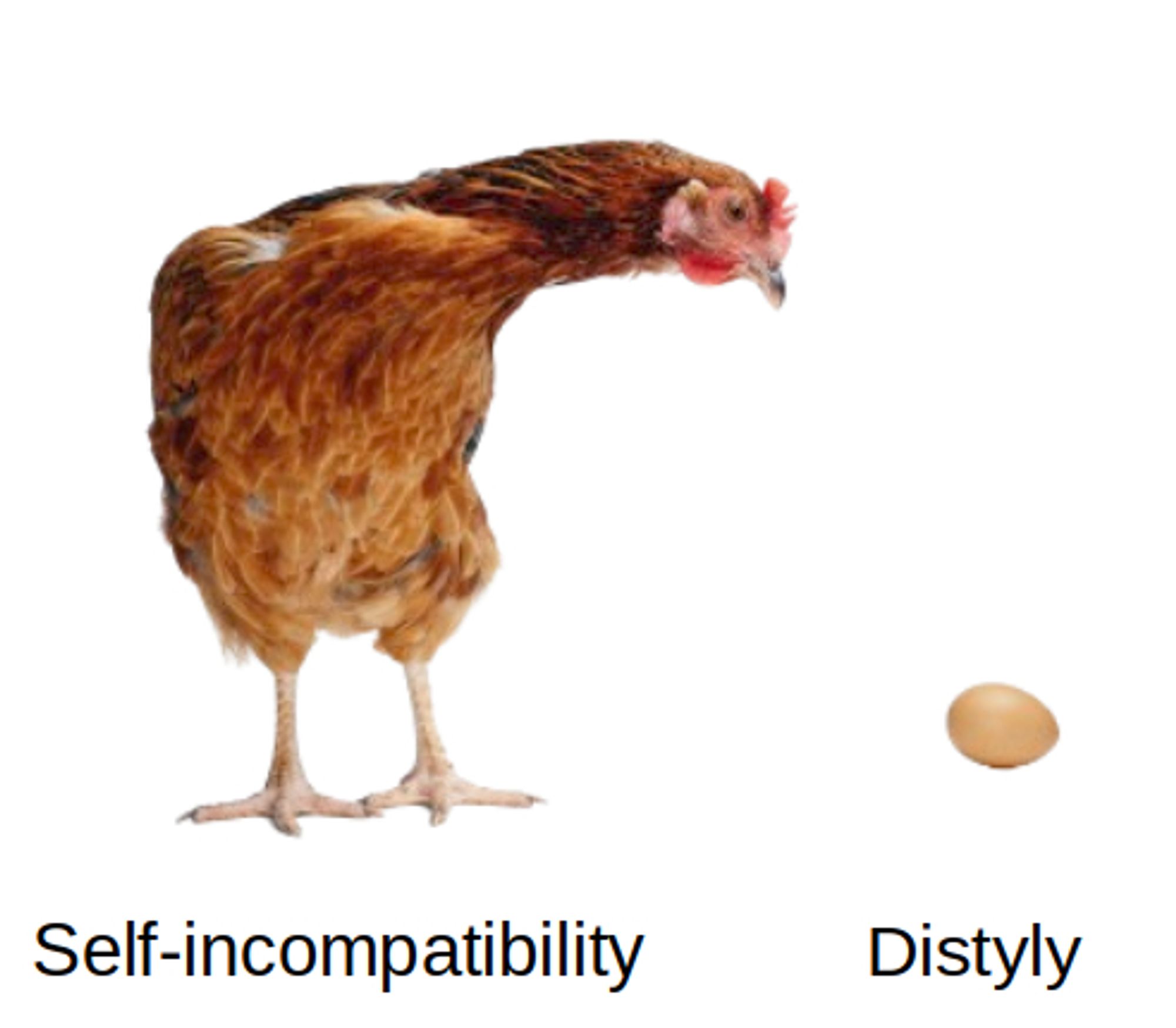
There's more to tell about those genes so I encourage you to check our paper and the GREAT companion paper from Castric et al. in the same issue. They investigate further the functionnality of the system in the olive tribe
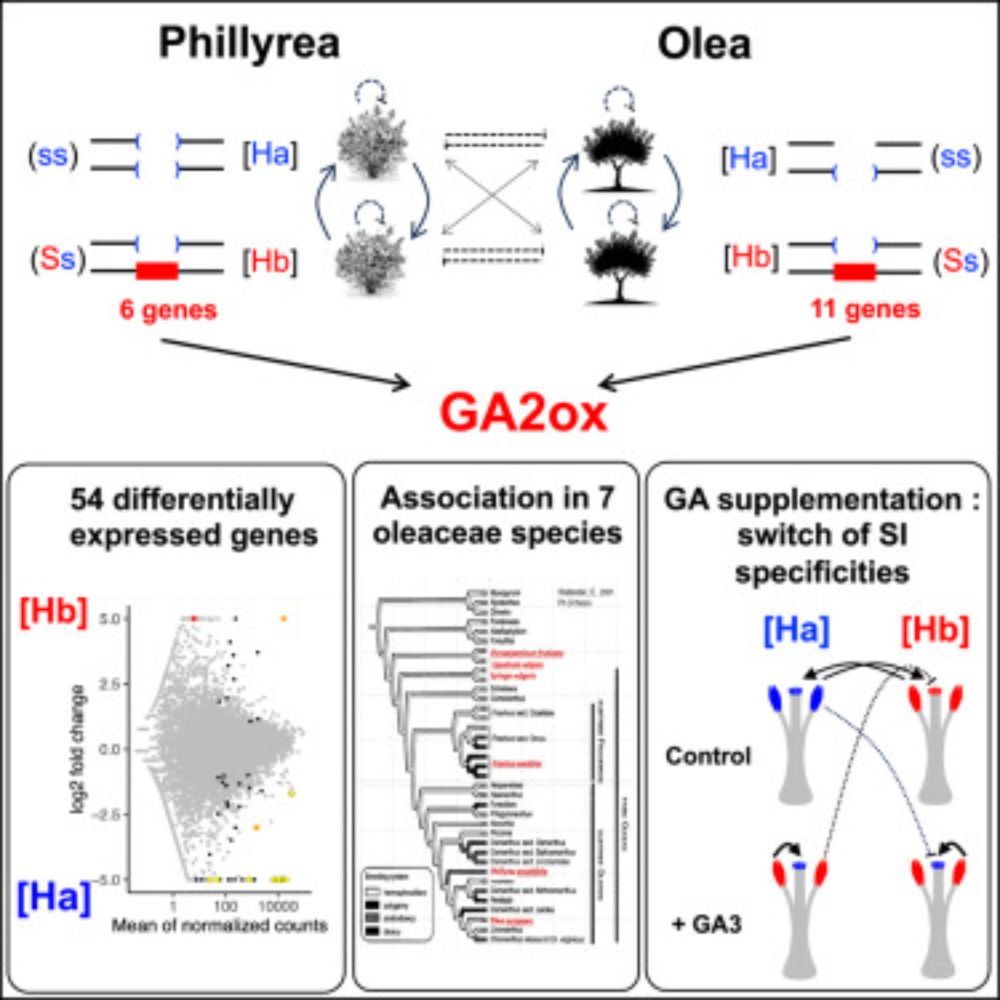
The self-incompatibility system of the Oleaceae is unusual, with the long-term maintenance of only two groups of reproductive compatibility. Castric et al. identify a hemizygous chromosomal fragment u...
We build phylogenies for those genes and revealed they seems to have been duplicated at the same time, in a common ancestor of Oleaceae and their sister family (where distyly has also been reported).
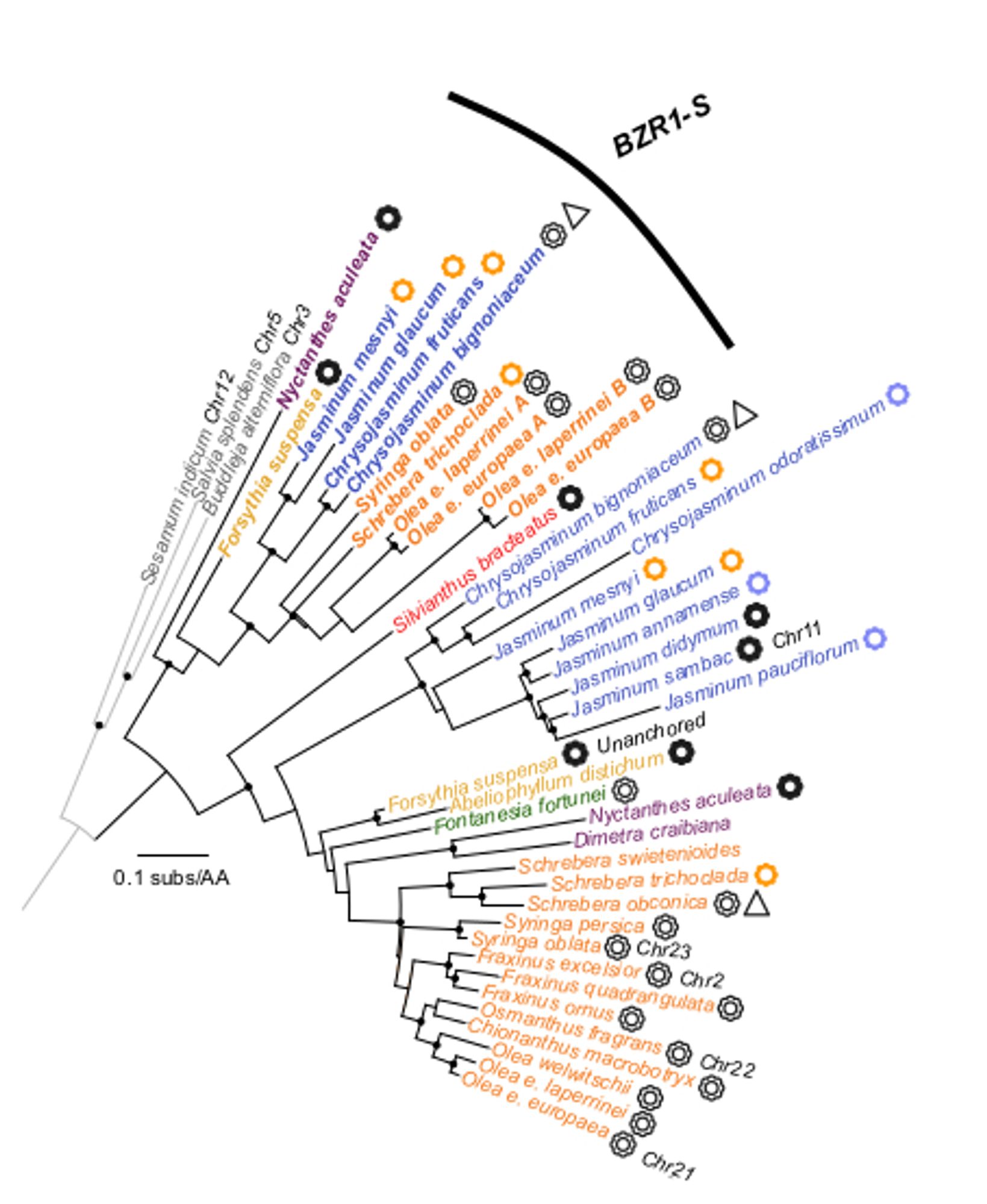
We identified a small subset of differentially expressed genes. And guess what? We have an overlap with the genes we identified within the hemizygous region in olive!
